Sony A9 - On its Autofocus and what it revealed to me about Sony's Intent - Part II
I don't want to write too much on this post, since I'm already working on the Sony A9 comparison with the Leica M10 and the Leica SL. But I received a request from Anna, asking me to post this photo series this week. Recently, she noticed that her personal Instagram page appeared out of sync with the season. In other words, she wanted some more summery pictures. It seems her account appears to be stuck in autumn. So, I consented, like the "Best Friend Forever" I am.
#pushover
You really can't blame her for the request. She hasn't been updating her Instagram since leaving Hong Kong to visit her folks, three weeks ago.
So I guess more on the A9...
Having just registered Anna's face for Face Recognition
With difficult backlighting in the shade - easily focused
Another quick opportunistic capture, the instant after the people in the background left the terrace
Well, what more can I say. I already did a review last week. I like the A9. And it's funny I'm saying this. It's no secret I never bonded with the A7 or its variants. Admittedly, I did try for a couple of months. But there was always something I didn't quite like about it. The battery drained too quickly. The autofocus didn't seem any better than my Canon DSLRs. And I didn't like the button layout - especially the multifunction scroll wheel. There were just too many little irritations which prevented me from truly appreciating the A7 and the benefit of a full frame mirrorless camera.
Consequently, the only use I found for the A7 and its variants were for adapting Leica lenses, for the sake of lens testing or comparison. As such, I've never really given the A7 a true assessment.
But then the A9 came out, and fixed the many irritations which plagued the A7. The battery lasted longer. The button layout improved. A rear joystick was added, as was a new top left dial. And the moment I had one in my hands, I knew I liked it. It felt familiar with all the best parts of the A7. But at the same time, it felt so much better, in doing away with all its worst parts.
Walking uphill - no face, no recognition - but the A9 was still able to get focus
Strangely, it was easier to get facial recognition focus on Anna from a distance - which means the facial recognition algorithm is likely dependent on contrast
Walking uphill again set to AF-C
Tracking Anna uphill on AF-C, while backing up myself
With the A9, my eyes were finally open to Sony's intent with the A7. Free from all the clutter of bad decisions, I gave Sony a chance. In doing so, I did what I never did before with the A7. I actually explored what a Sony Alpha camera could do. I looked into its menu system, and started to customize the camera. And immediately, the first function that grabbed my attention was the autofocus system - notably for this review - the face detection system.
Now face detection is nothing new. It's pretty standard these days on most mirrorless camera systems. Even so, some face detection systems are more equal than other face detection system, with accuracy varying from systems to system. Having said that, I had a relatively positive experience with the face detection on my first A9 review, last week with Anna's stand-in, Yana.
Anyway, the part about face detection that caught my attention was face registration. I've never used that before. In Googling online, I discovered that it's also nothing new. It's only new to me, because I've never given the A7 a true assessment. How could I? I could never make the leap to accept the A7 because of its many irritations. So, this time around, I figured why not! I might as well give it a go. Besides, Anna needed her summery Instagram pictures.
Anna posed for this one, but unlike the Leica M10, focusing was instantaneous without any effort
A quick over the shoulder head twirl focused immediately
Difficult back light from the pane glass window, while standing indoors
Going down an escalator at low shutter speed
A bumpy cab ride through a winding mountain road
In designing the objective for this shoot, I knew what I had to do. Last week, when Yana assisted me, she posed for every shot, despite the benefit of face recognition in autofocus. In other words, she remained still for every shot. At the time, I didn't think much about it. But now that I'm forced to think about it, it really didn't make sense. Under such stationary conditions, any autofocus camera would have no problem acquiring focus - let alone one with face recognition technology. So what did I really test then.
An excuse to write more about the Sony A9? Definitely an excuse to post more sample images!
In hindsight, I really didn't push the envelope in testing the A9's autofocus with Yana - not that I will this time with Anna. But I certainly didn't want her to hold her pose. So this time around, I wanted Anna to move about freely. In my perspective, it was the only way to determine whether the face recognition system worked, and whether face registration improved its tracking. I reasoned if I could acquire focus consistently, it would demonstrate that it worked. And just to make sure that the focusing was accurate, I decided to shoot wide open - which really is no surprise. I reasoned it would be the only way to demonstrate the accuracy of the autofocus, since a shallow depth of field would allow no room for focusing error.
I started the test modestly, warming up with simple candid photos in relatively simple situations - primarily with Anna seated. As expected, the face recognition acquired focus. After a series of confirmed focus, I decided to step it up, by asking Anna to be more animated. I asked her to walk, I asked her to twirl around, and I asked her to just be herself.
Quick turn around shot
A quick opportunistic shot capturing this lovely expression from Anna
More opportunistic shots... I liked how the wind was picking up
Approaching closer with the wind picking up... her hair did not obscure the autofocus
The instance Anna's hair stopped blowing in the wind
It was easy to get focus even when Anna was moving about. The moment I pointed the A9 at her, face recognition would lock focus onto her face. After that, with my shutter finger depressed halfway, the autofocus would continue to track her, as long as her face was facing the camera. And even when her face turns away momentarily, the autofocus will continue to track focus, until focus is locked on once more the moment her face is visible again. It was truly a liberating experience to hit focus this quickly and effortlessly with the lens wide open. And it wasn't just me who felt this way. Anna also concurred. In not having to hold her pose while I feathered for tack focus or searched for the focusing point, she was able to move more freely in expressing a more natural look.
Strangely, the experience of using face recognition felt like zone focusing - even with the lens wide open. This is because the focusing variable is simplified. Like zone focusing, I no longer need to select the focusing point when I employ face recognition. The A9's autofocus does it automatically for me. As a result, I don't need to exert much effort to confirm focus, which then frees me to concentrate more attention on the variable of composition - which is exactly what I do when I zone focus.
It really is a wonderfully liberating experience not having to concern myself with getting focus in difficult uncontrolled situations. Never has a camera filled me with this much confidence and certainty in image capture - especially when shooting wide open. As long as the camera can detect Anna's face, the A9 will hit focus. It was just phenomenal.
In darkness with AF Assist Light at ISO 51200
In darkness with AF Assist Light at ISO 102400
In darkness with AF Assist Light at ISO 204800
Then it dawned on me... the intent of the A9 and probably what the A7 tried to do. It wasn't clear to me until the end of the day with Anna. The A9 makes taking better pictures easier. And it's because of the inherent advantage of a mirrorless system. Pro DSLR manufacturers would like to marginalize mirrorless cameras like the A9, for the sake of preserving market share. But in the end of the day, I don't see how Nikon or Canon is making work less of an effort for photographers?
Just because a photographer is professional, it doesn't mean that the picture taking process requires professional effort. The more a camera can simplify the work, the better the composition will be. Having said that, photographers are chauvinistic. They want to stick with their system, for whatever reason. And Canon and Nikon are banking on this. But eventually, reality will sink in. Pro photographers will seek for a camera system that will free them to take better pictures.
So this is Sony's intent - to evolve the camera industry to the next stage. The era of TTL optical viewfinders is dead, because mirrorless photography makes work easier. If history is any indication of things to come, anything making work easier will come out on top - from auto exposure to autofocus to digital imaging. It's no longer a question of if or when. The A9 is here to stay, and the world of photography will never be the same.
Below are some additional shots demonstrating the autofocus tracking of the face recognition in a continuous series of sample images, presented as a slideshow.
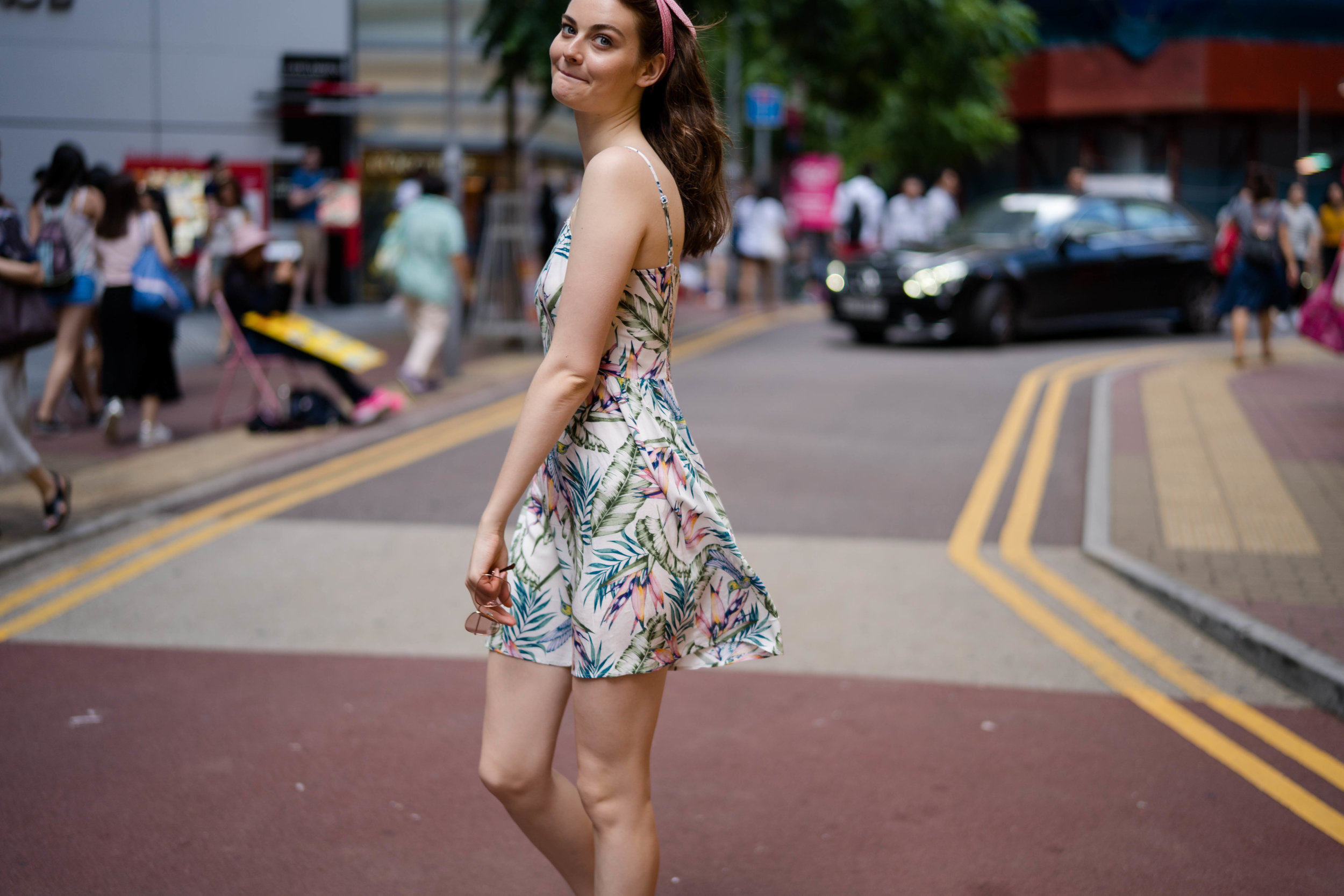
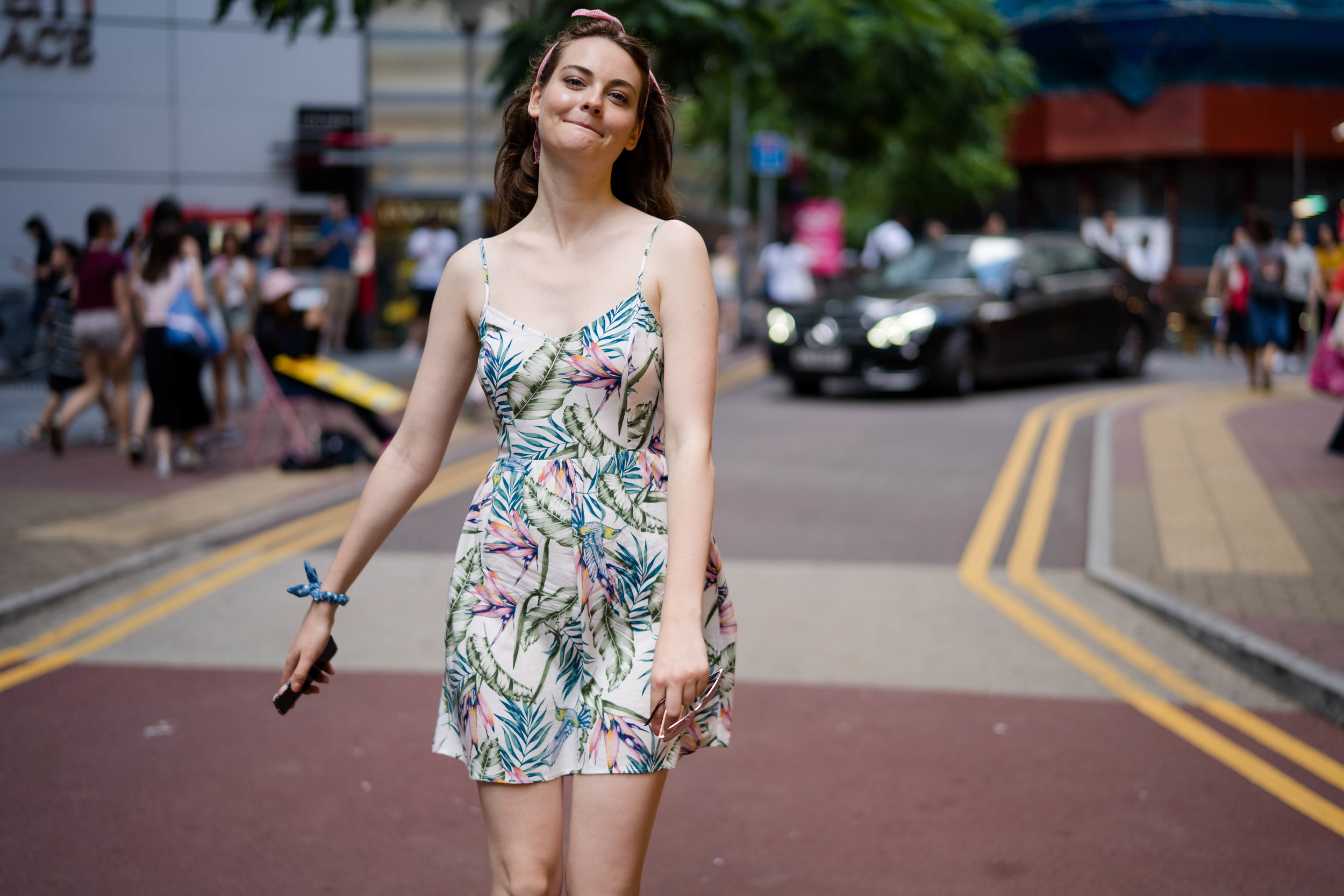
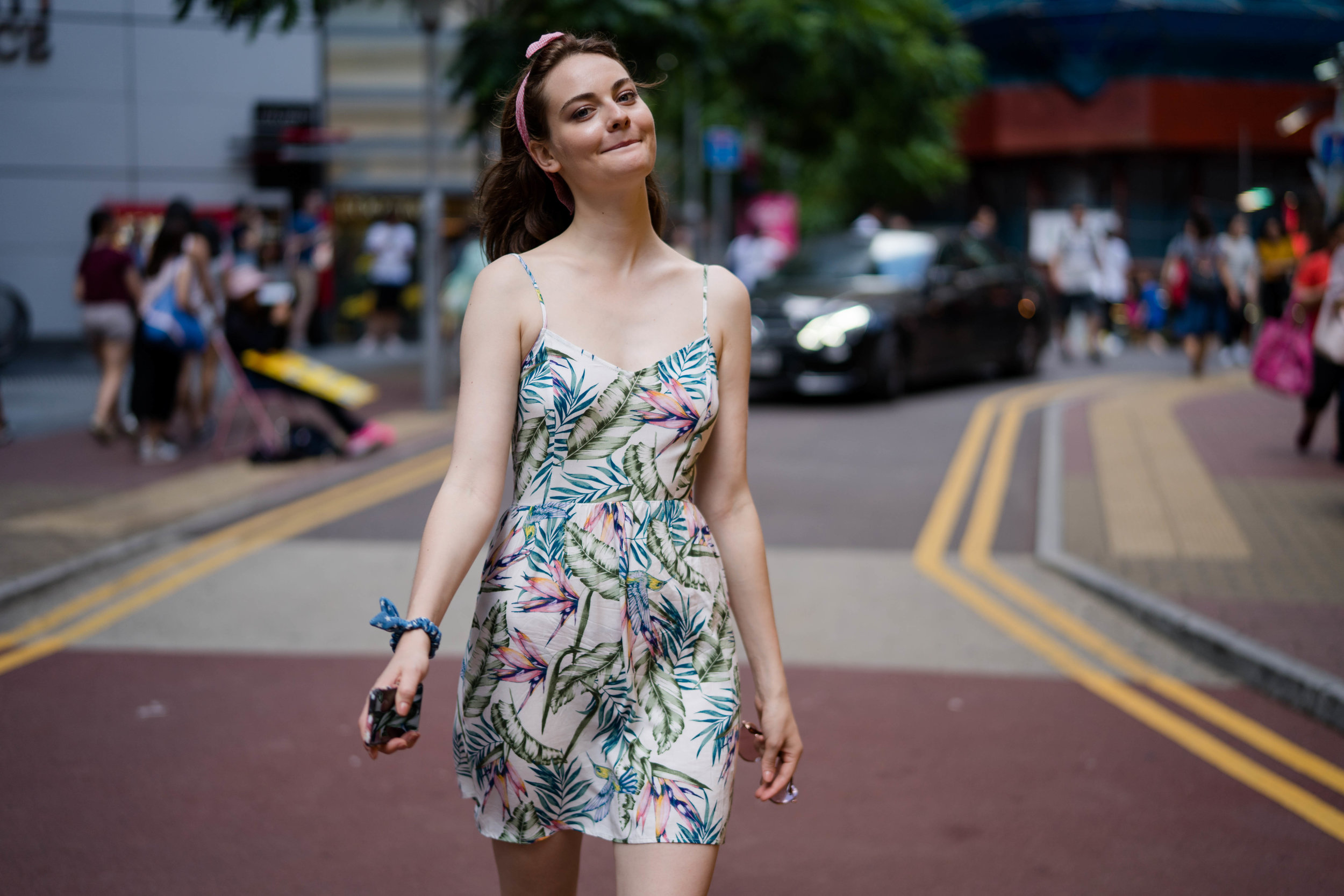
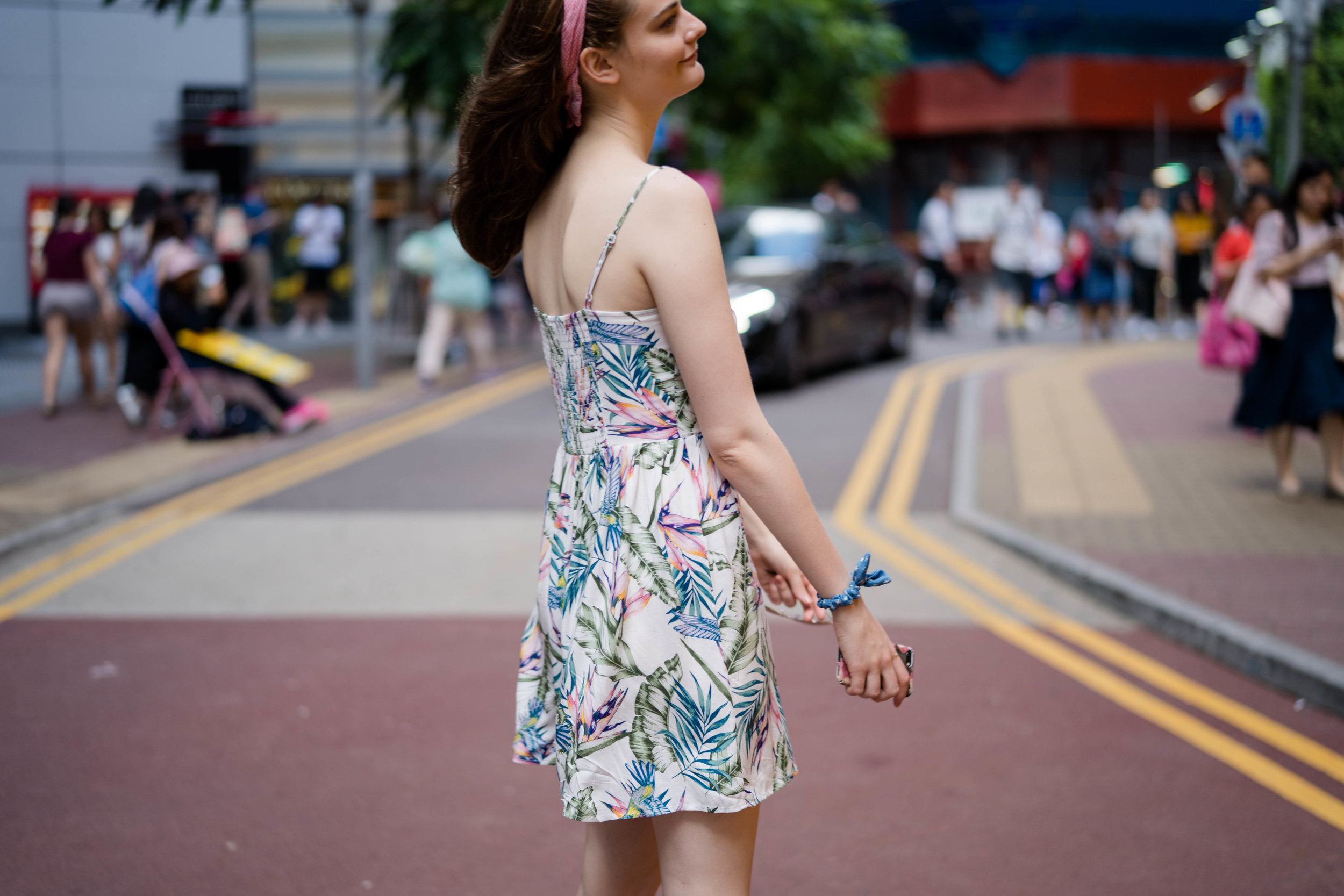
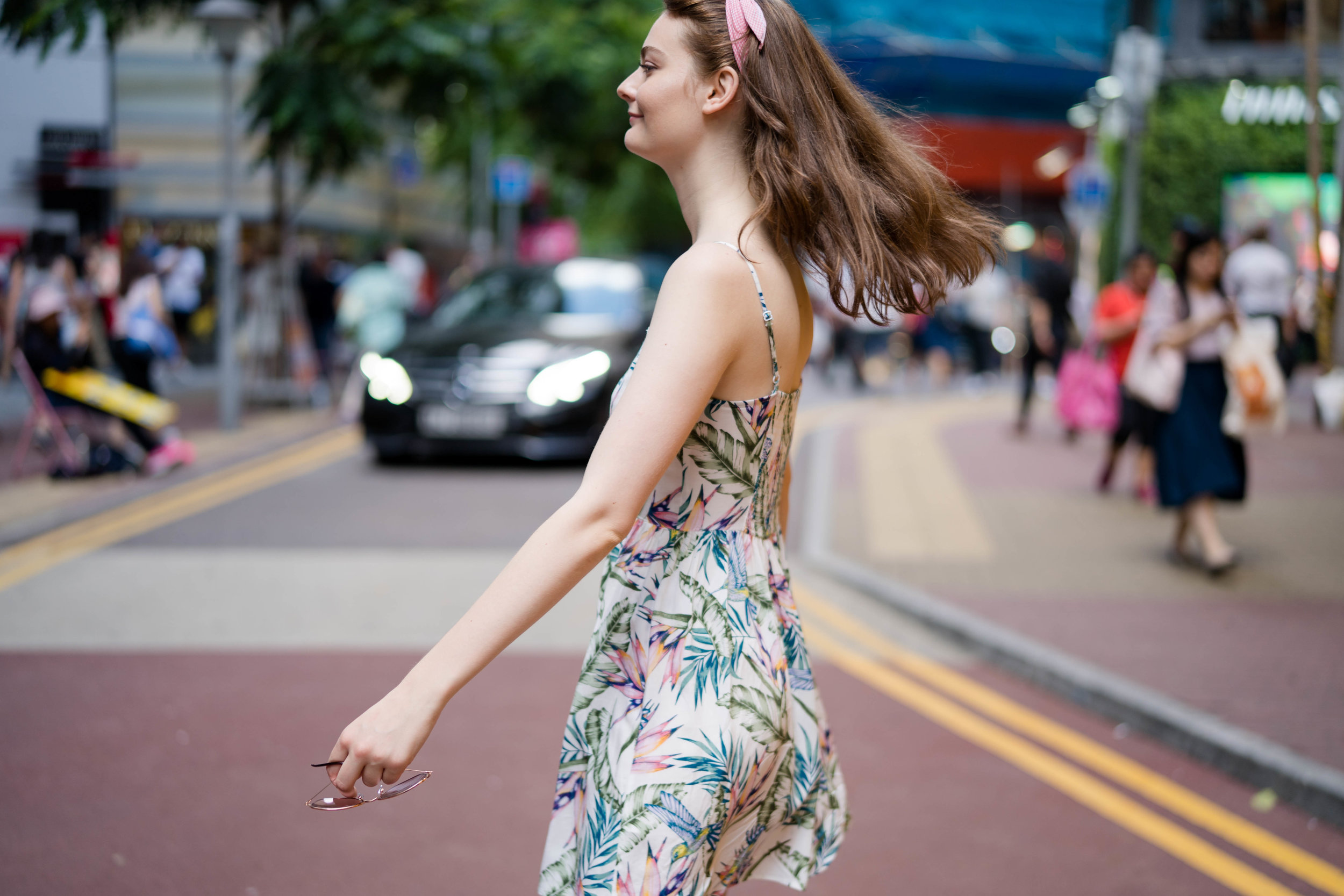
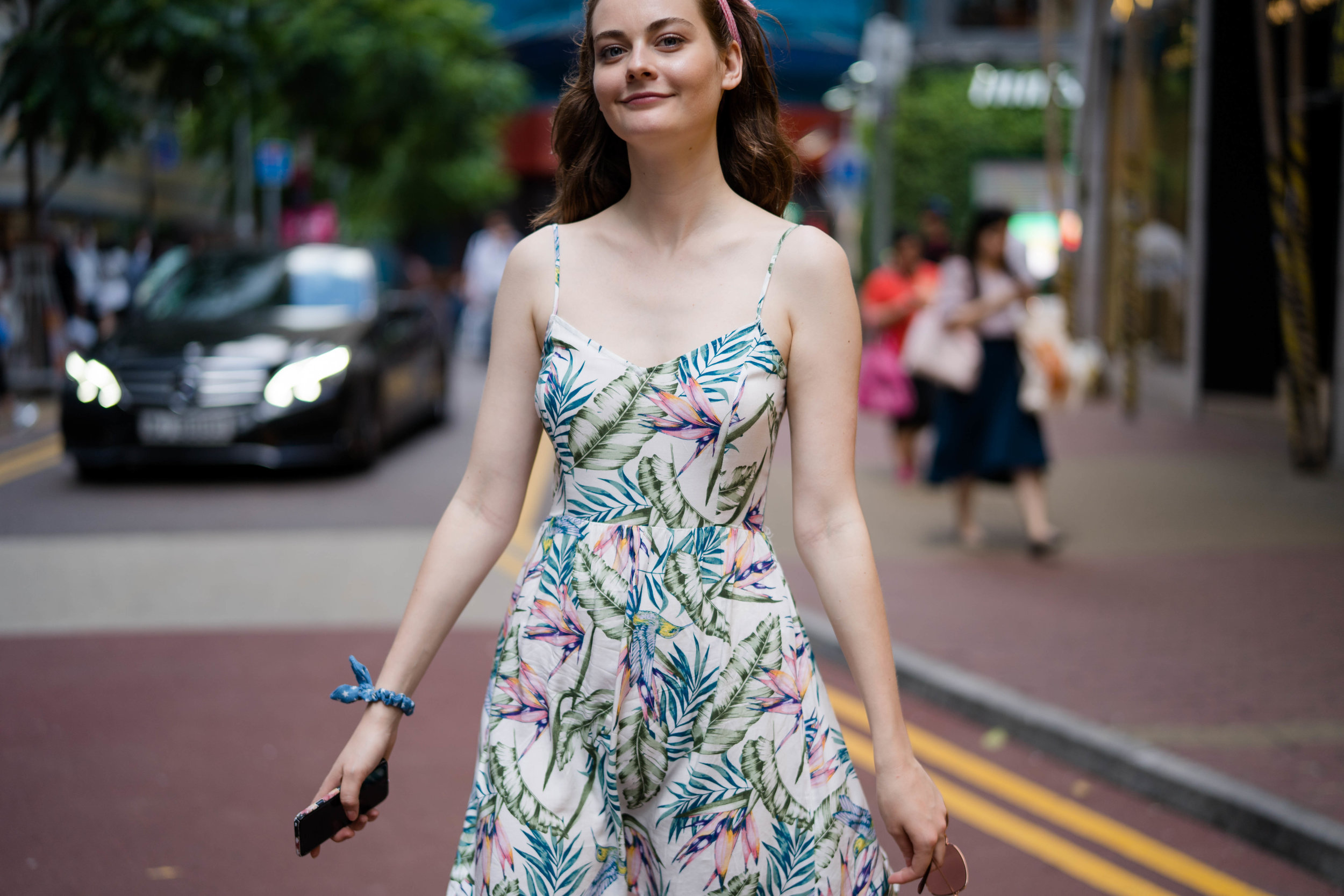
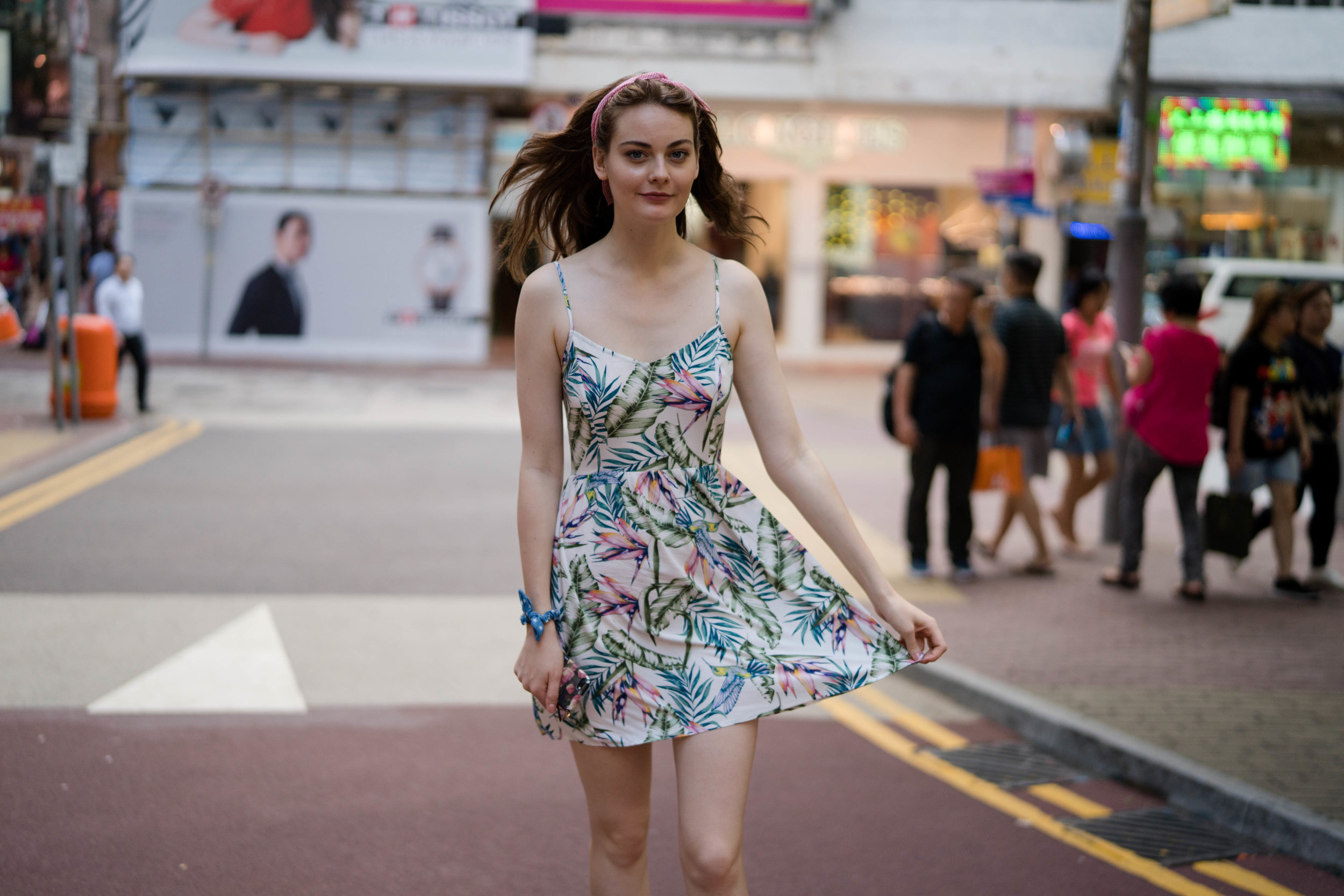
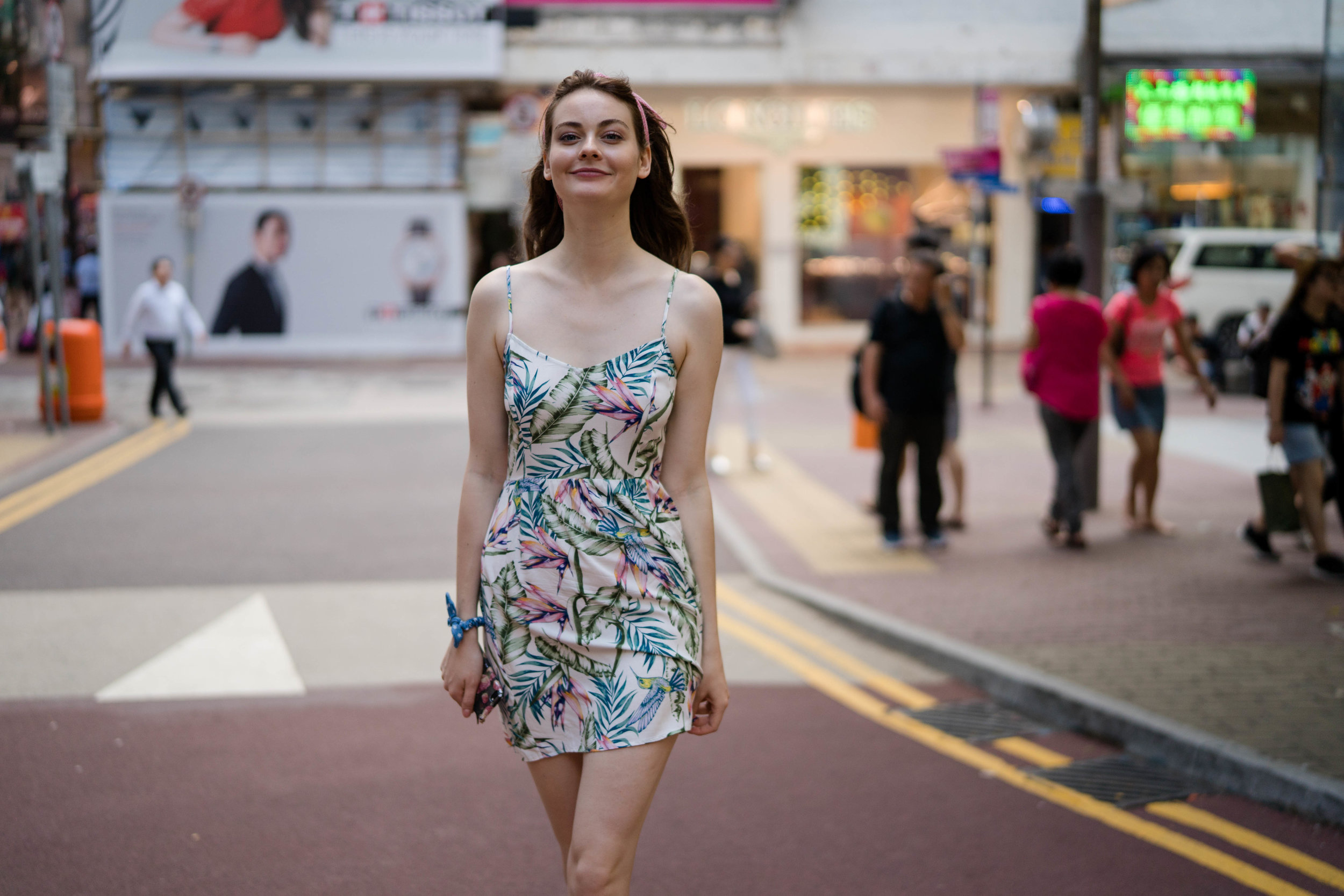
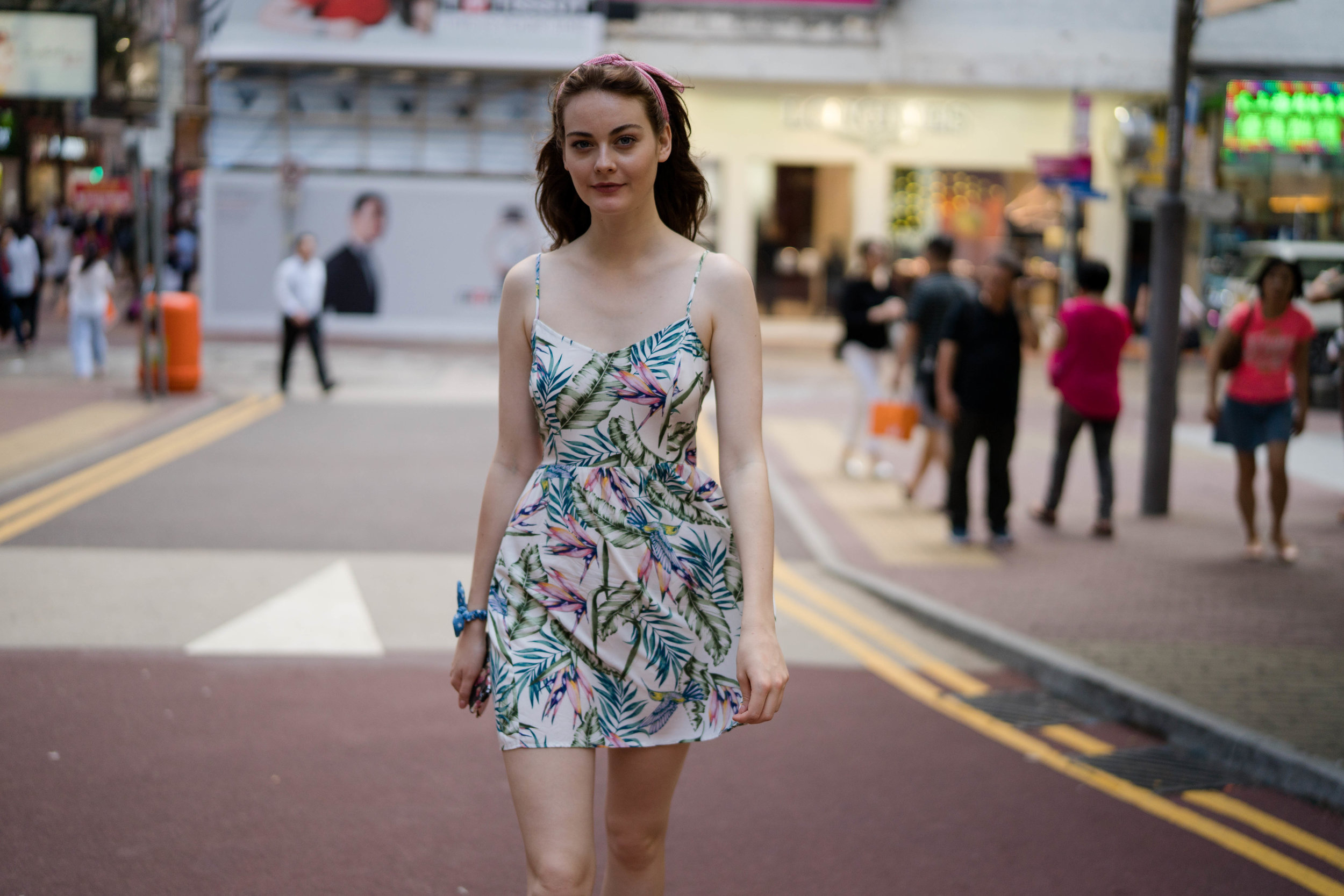
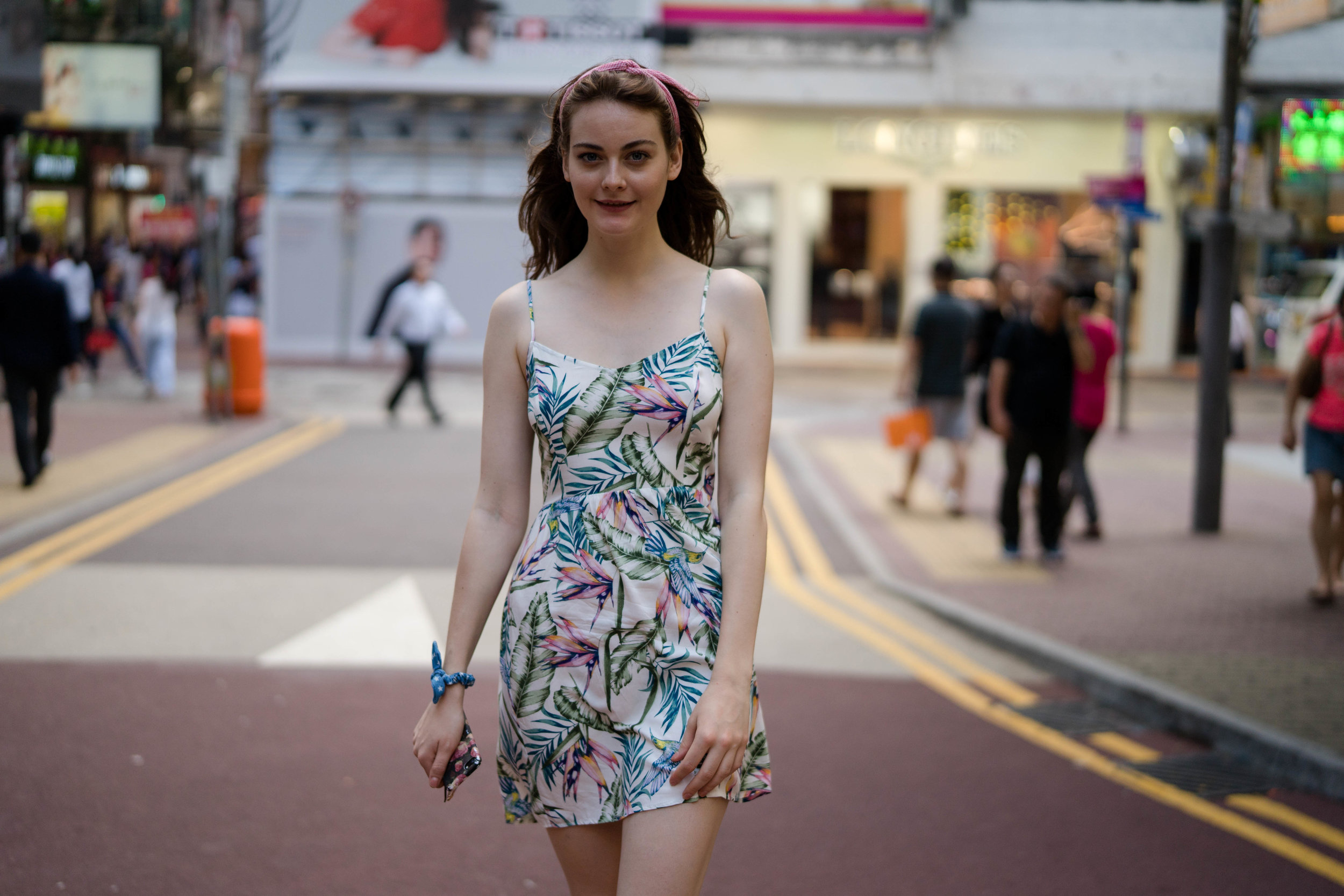
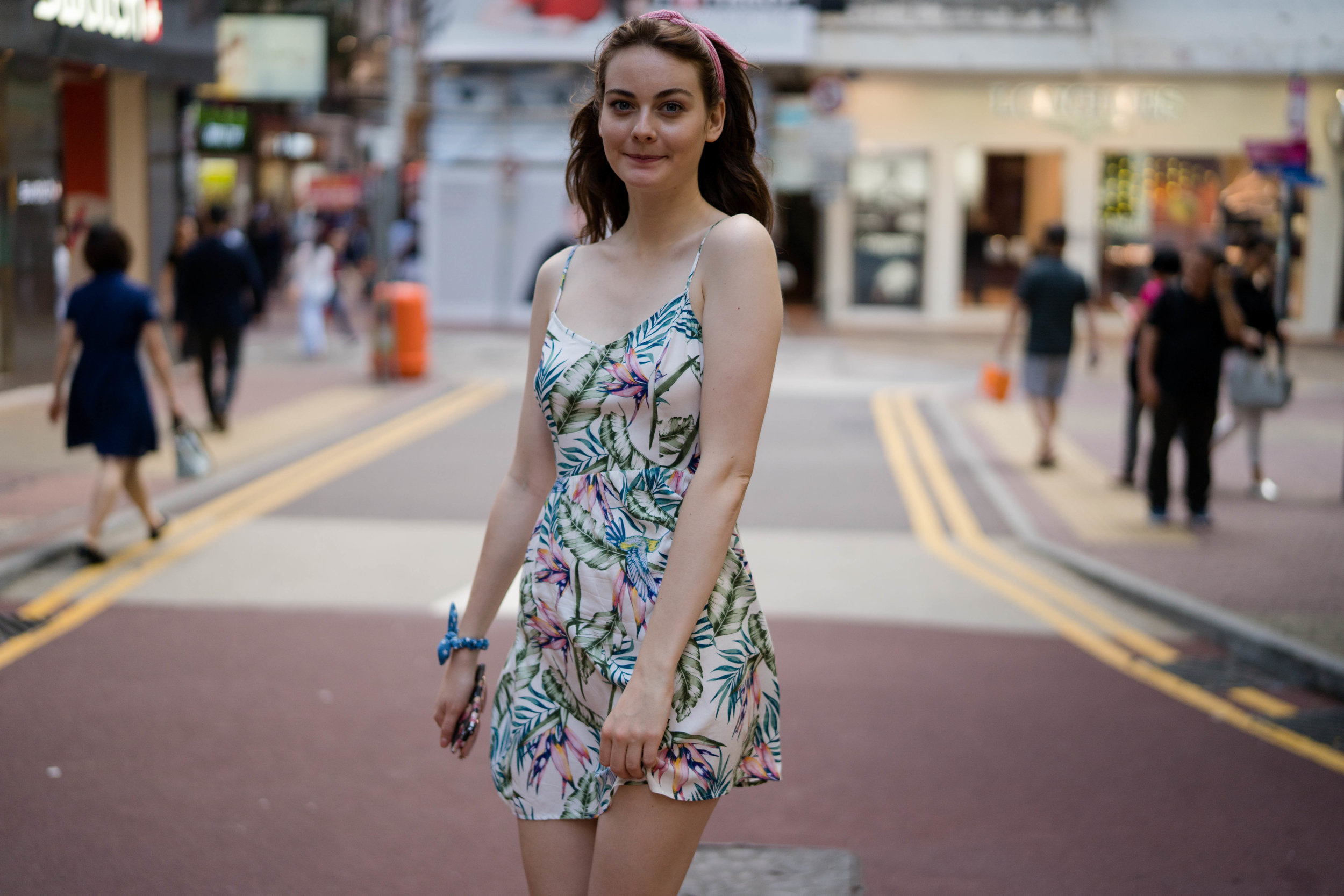
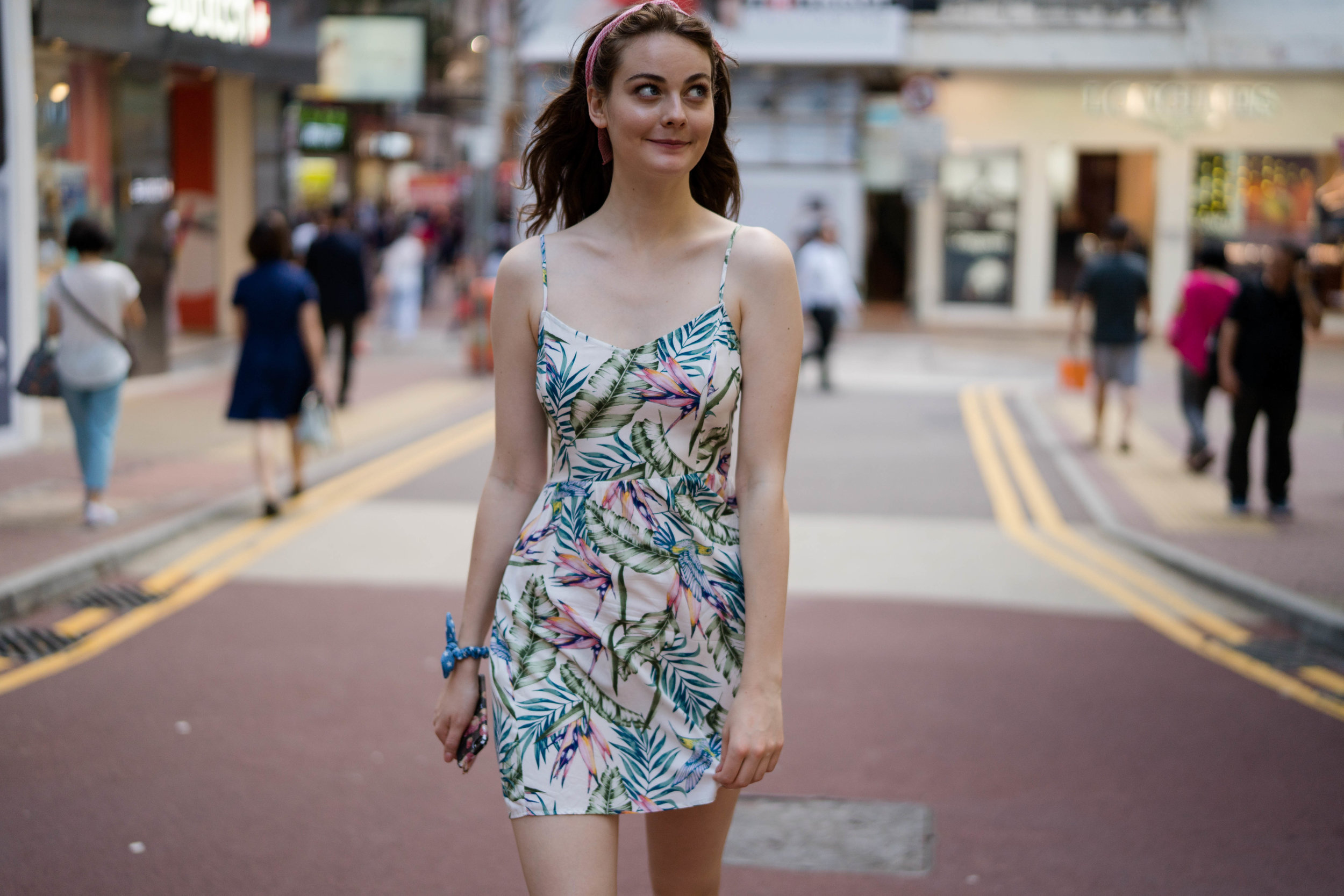
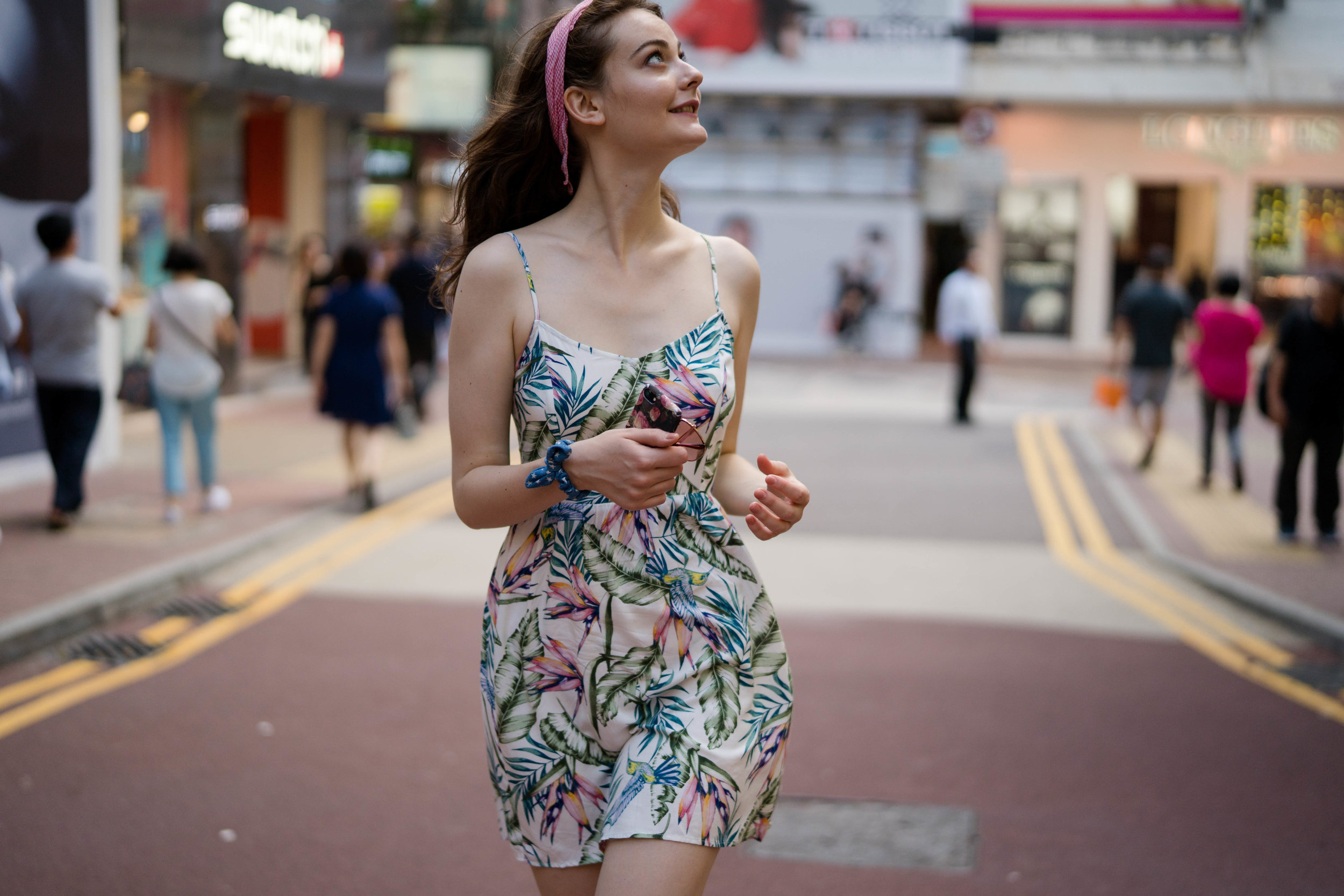
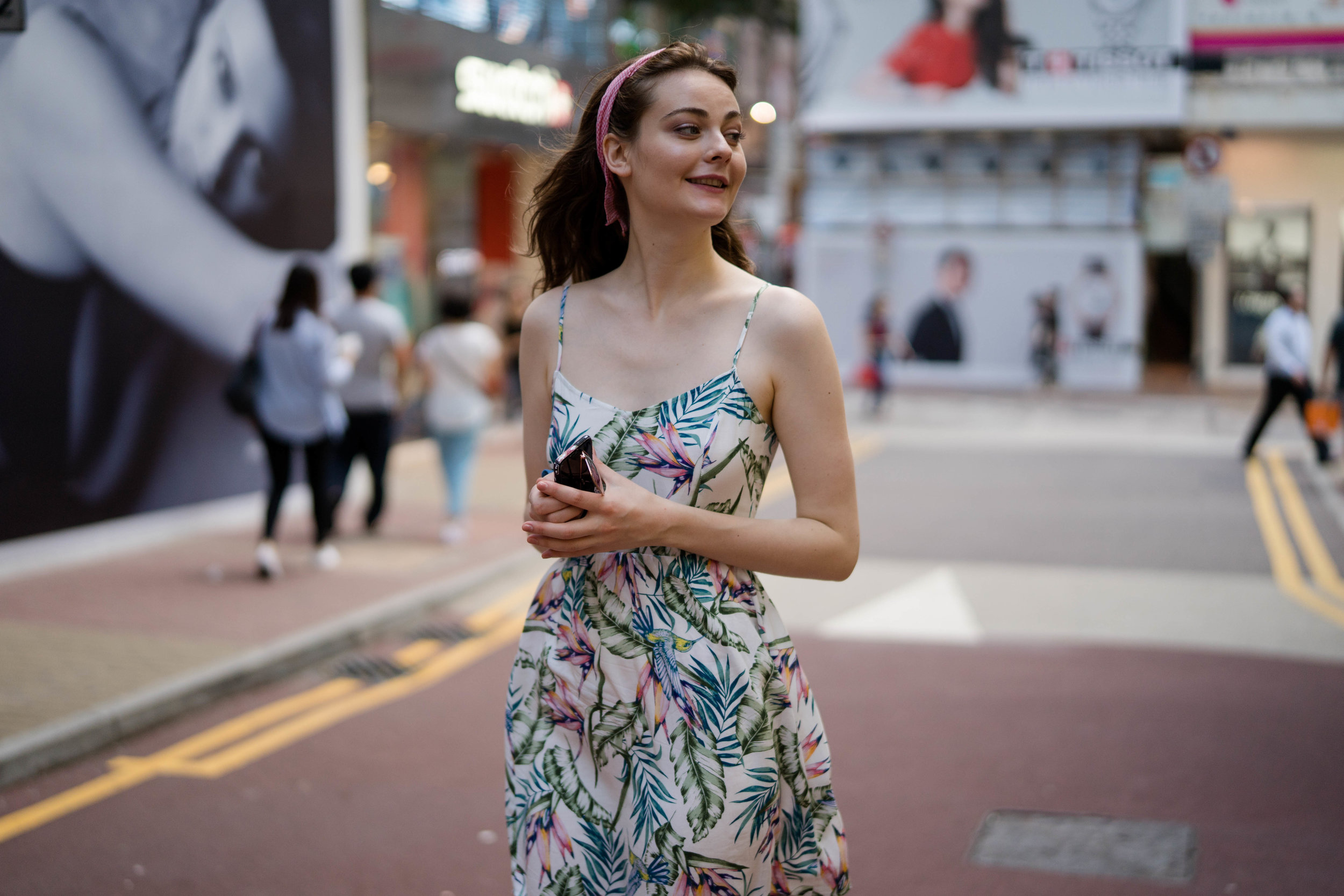
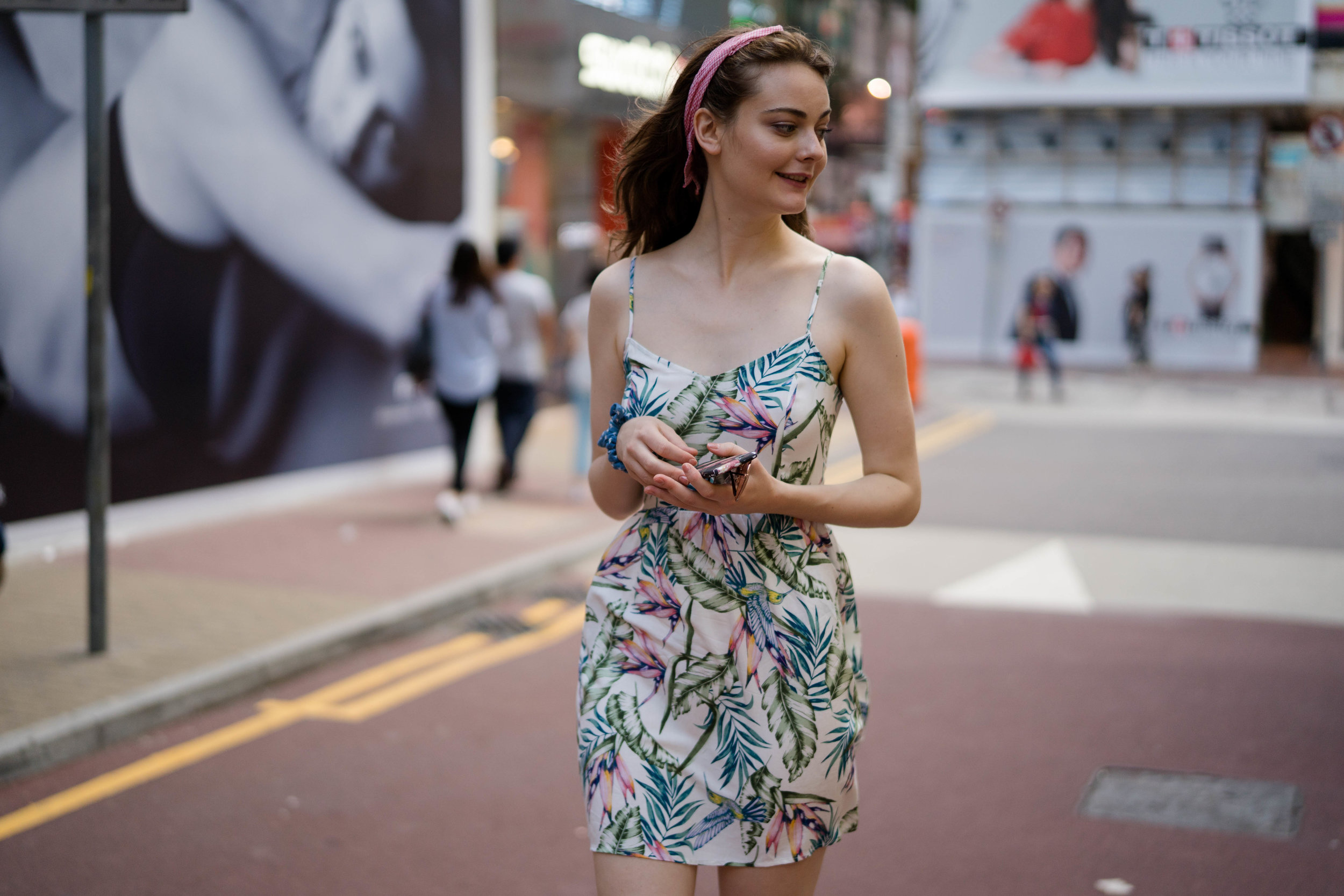
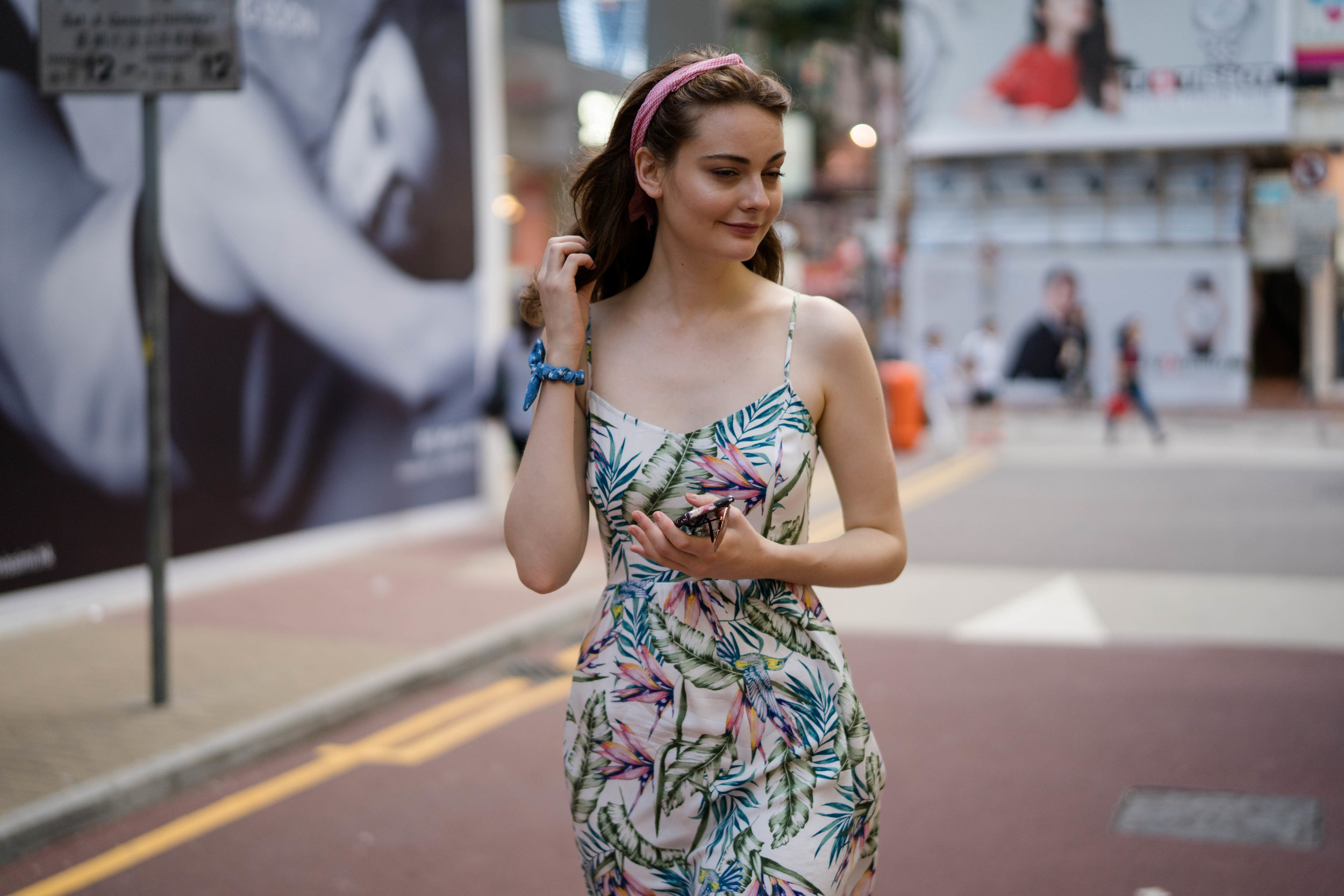
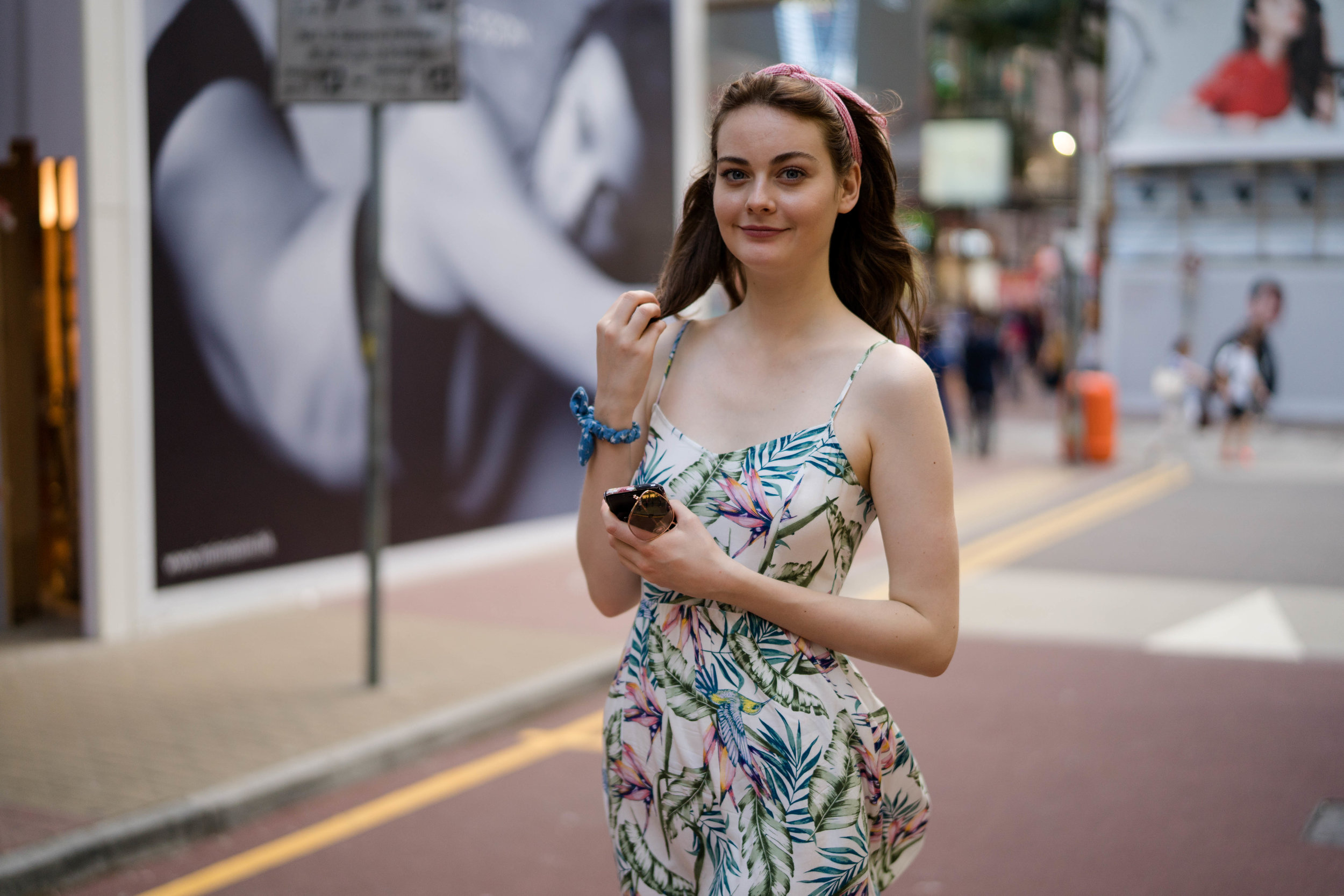

All images shot on the Sony FE 50mm f/1.4 ZA at f/1.4. All images have been tweaked lightly in Lightroom. I rather enjoy the Sony files. Images have not been cropped.







